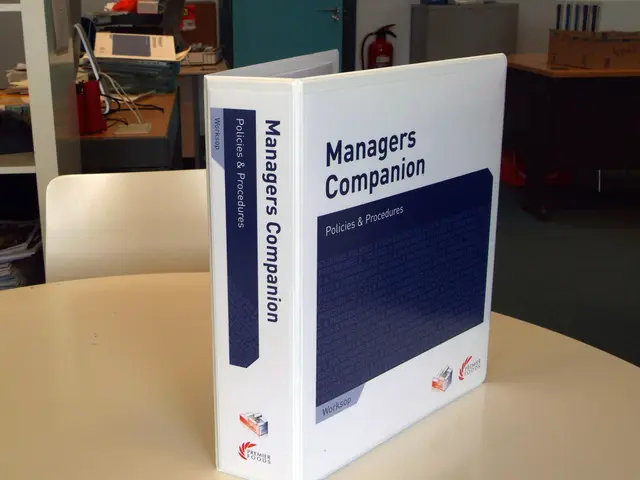Construction of the world's largest helicopter, a colossal Russian creation, continues after several decades.
The Mil Mi-26, a symbol of Russian engineering prowess, is the world's largest and most powerful serial-production helicopter. Introduced in 1981, this flying giant has an empty weight of about 28 tonnes, a length of around 131 feet, and a maximum takeoff weight of up to 123,500 lb.
Built in Rostov-on-Don, in the southeastern part of Russia, since its inception, the Mi-26 was designed to meet Soviet heavy-lift requirements, surpassing earlier models in payload and range efficiency. Economically, it plays a significant role for Russia by supporting heavy transport tasks that other helicopters cannot perform, including infrastructure development and disaster relief, thus contributing to Russia's industrial and logistical capabilities.
The Mi-26 can carry up to 80 troops or heavy vehicles and is used for military, civilian, and humanitarian missions globally. Inside the Mi-26, it can fit 60 patients on stretchers with nurses or even two air-landed armored personnel carriers. Its cargo hold can accommodate 136 cubic meters, more than the four-engine freighter Antonov An-12.
The Mi-26 has been a technological milestone, demonstrating its versatility and usefulness in various missions and situations. It caused international sensation when it was first shown to Western experts at the Paris Air Show in Le Bourget in early June 1981.
The helicopter's eight-blade main rotor, with a diameter of 32 meters, and two engines with 11,240 horsepower each, ensure its impressive capabilities. The Mi-26T2, the latest version, features technological advancements that make it more efficient and safer to operate. It boasts a digital glass cockpit, modern avionics, GLONASS navigation, and autopilot, reducing the crew to two to three people and making the helicopter fully night-flight capable.
The Mi-26 has been utilised by organisations such as the United Nations (UN) for humanitarian aid, disaster response, and peacekeeping missions due to its exceptional lift capacity and versatility in harsh environments. Russian operators like UTair, one of Russia’s largest helicopter operators, employ the Mi-26 in various heavy-lift roles, including oil and gas sector support and emergency response, bolstering the helicopter's economic impact within Russia's aviation and energy sectors.
A special version of the Mi-26 was developed for decontamination flights and radiation measurements following the Chernobyl disaster. The Mi-26 remains the only option for quickly and safely moving large loads in catastrophic situations and remote regions of the world.
Despite the production of the Mi-26, there is still an apparent urgent need for Western imports in Russia, indicating the helicopter's unique role in the global aviation market. The Mi-26 continues to be a true export hit, demonstrating its versatility and usefulness in various missions and situations.
In conclusion, the Mil Mi-26, also known as the "flying giant," is a testament to Russian engineering and economic efficiency. It has significantly contributed to Russia's industrial and logistical capabilities, while also playing a crucial role in global humanitarian aid and disaster response efforts.
The Mi-26's use in mission-critical tasks, such as humanitarian aid, disaster response, and military endeavors, places it in various industries, including technology, finance, aerospace, and humanitarian efforts. The technological advancements in the latest Mi-26T2 model, featuring a digital glass cockpit, modern avionics, GLONASS navigation, and autopilot, make it a valuable asset in the finance sector due to its increased efficiency and safety. In the corporate world, Rostov-on-Don's continued production of the Mi-26 supports Russia's industrial powers by bolstering sectors like energy and aviation, fostering economic growth.








